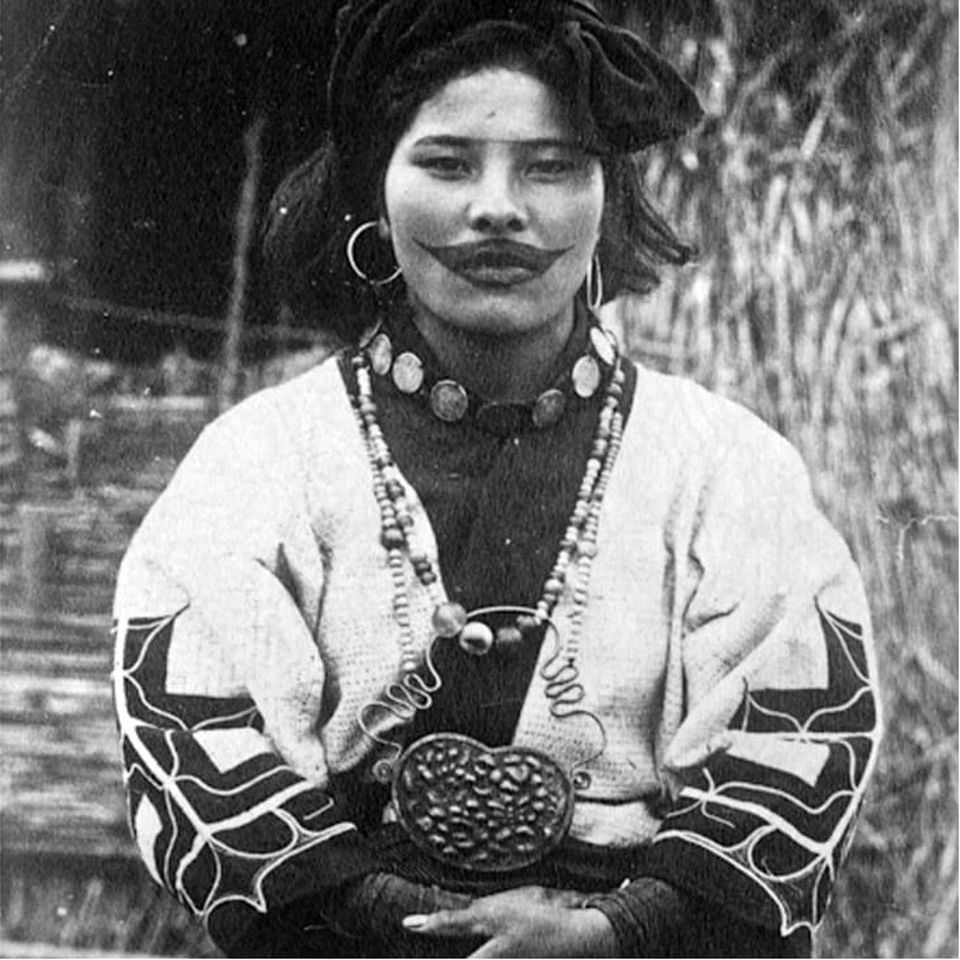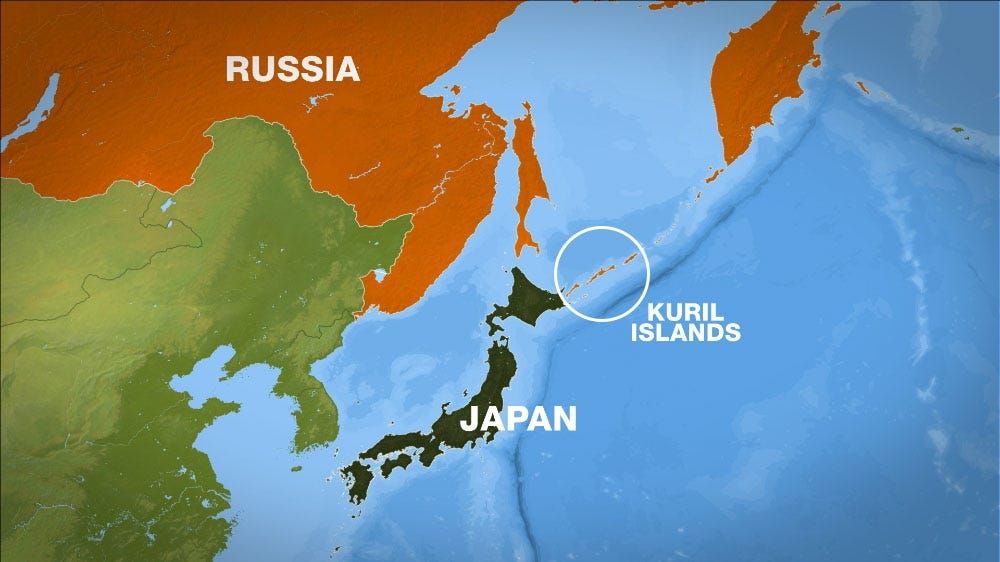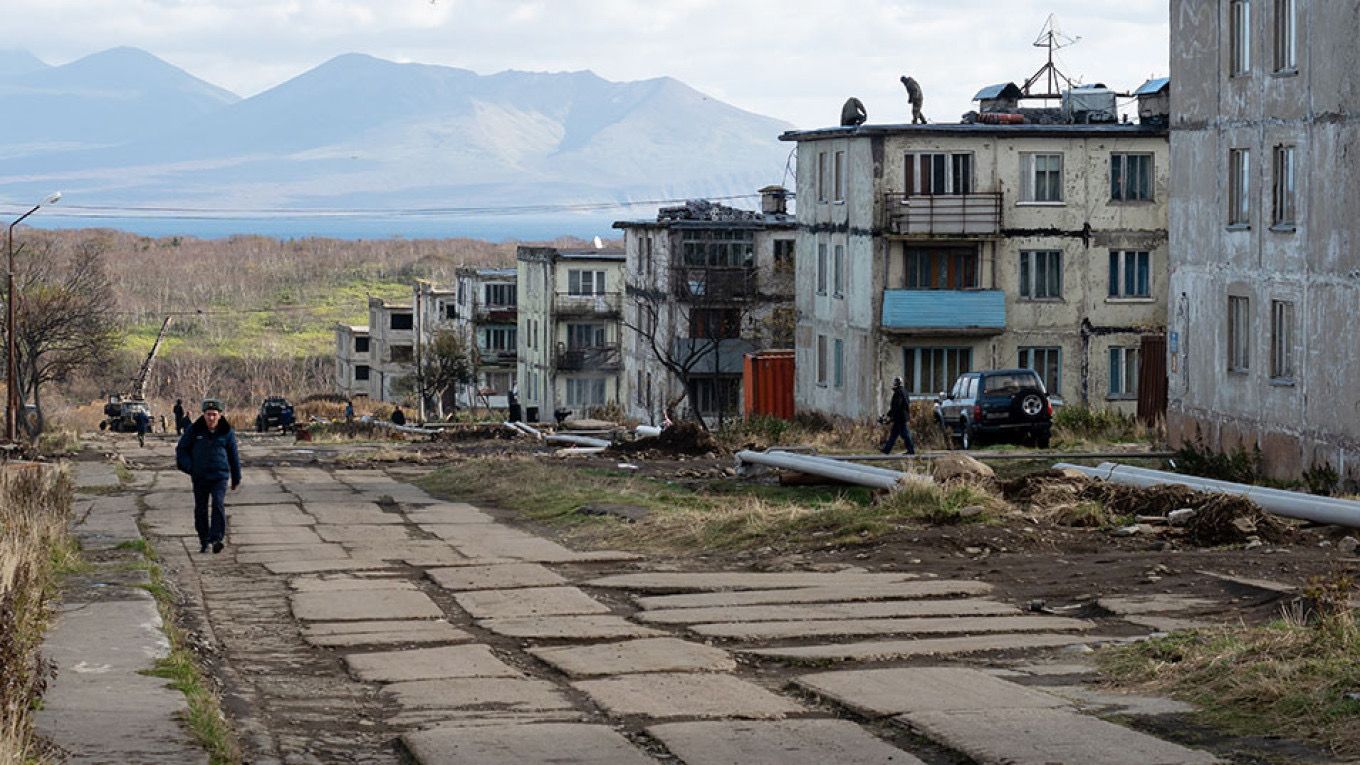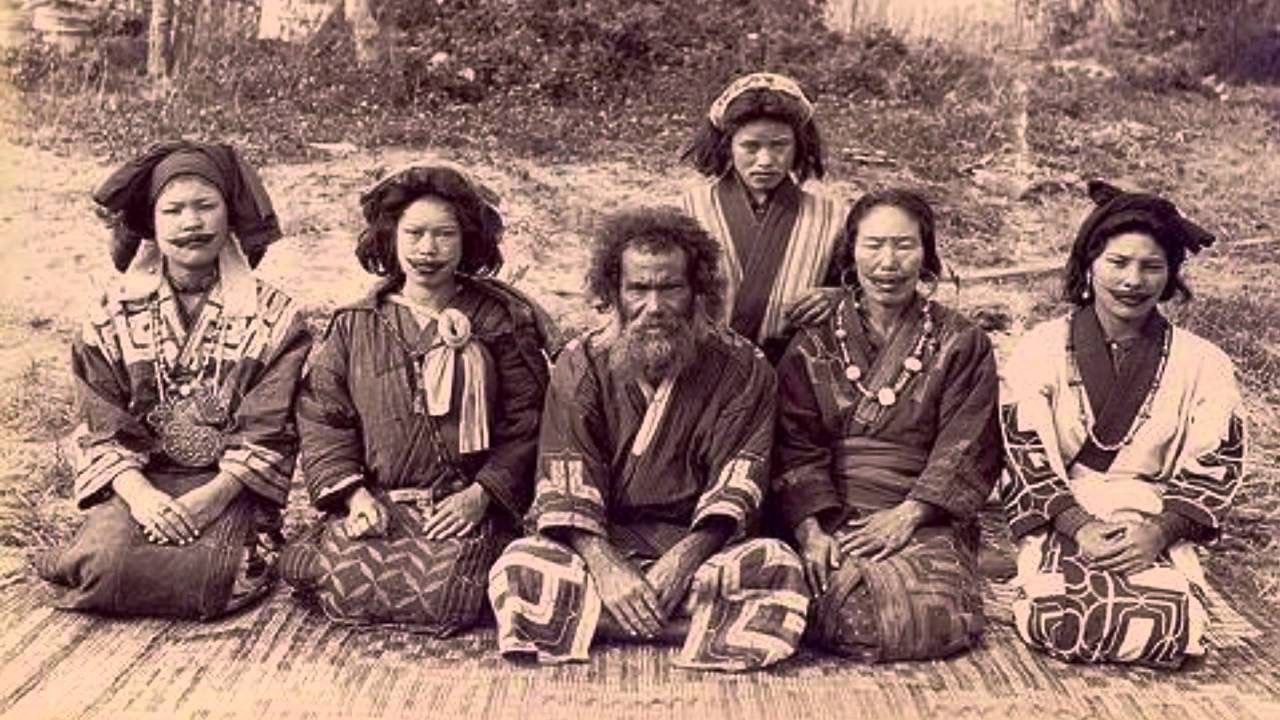The History of the Ancient Ainu

I recently read somewhere that a formal peace treaty has not been signed between Russia and Japan since the end of World War II.
I decided to look into this a bit more and as a result learned something I didn't know. This led me to learn about the Ainu people.
I already know Russia will always try to take other people's land. But little did I know about the mysterious ancient Ainu.
But fist, let's look into where this story transpires, before we learn about who are the Ainu.
THE KURIL ISLANDS
The original, real name of the "Kuril" islands is Kuriru rettō (クリル列島, "Kuril Islands") or Chishima rettō (千島列島, "Thousand Islands").

The Russians turned Kuriru into Kuril so this is how they are referred to now. A travesty if you ask me but whatever.
The Kuril Islands are a volcanic archipelago in the Pacific Ocean, located between the Japanese island of Hokkaido and the Russian Kamchatka Peninsula. The islands stretch for about 1,300 kilometers (810 miles) and consist of 56 islands and many minor islets. The Kuril Islands are part of the Ring of Fire, a region of the Earth's crust that is prone to earthquakes and volcanic eruptions.

The Kuril Islands are sparsely populated, with a total population of about 25,000 people. The largest town is Kurilsk, on the island of Iturup. The islands are home to a variety of wildlife, including bears, foxes, seals, and whales.
The Kuril Islands have a long and complex history. The islands were first inhabited by the Ainu people, a group of indigenous people who also live on the Japanese island of Hokkaido.
In the 17th century, the Russians began to explore and colonize the Kuril Islands. In 1855, Russia and Japan signed a treaty that divided the islands between the two countries. However, in 1875, Japan signed a new treaty with Russia that ceded all of the Kuril Islands to Japan.
At the end of World War II, the Soviet Union seized the Kuril Islands from Japan. Japan has never renounced its claim to the islands, and the dispute over the Kuril Islands has prevented the two countries from signing a peace treaty.
The Kuril Islands are strategically important to both Russia and Japan. The islands control access to the Sea of Okhotsk, which is a major fishing ground. The islands also have potential oil and gas reserves.
THE AINU
The majority of the Ainu people live in Japan, specifically on the island of Hokkaido. There are also a small number of Ainu people who live in Russia, on the island of Sakhalin.

Only about 200 Ainu live on the island of Sakhalin. 25,000 live in Hokkaido.
The Ainu population has declined significantly in recent centuries. In the 19th century, there were an estimated 200,000 Ainu people. Today, there are only about 25,000 Ainu people in Japan.

The Ainu are now a recognized minority in Japan since only 2008. In 2019 they were given a number of rights and protections, including the right to use their own language and to practice their own culture. The Ainu are working to preserve their culture and to raise awareness of their history.
The Ainu are a fascinating people with a rich culture. They are an important part of the history of Japan. The Ainu are working to preserve their culture and to raise awareness of their history.
Check out this video for more on the Ainu.
Member discussion